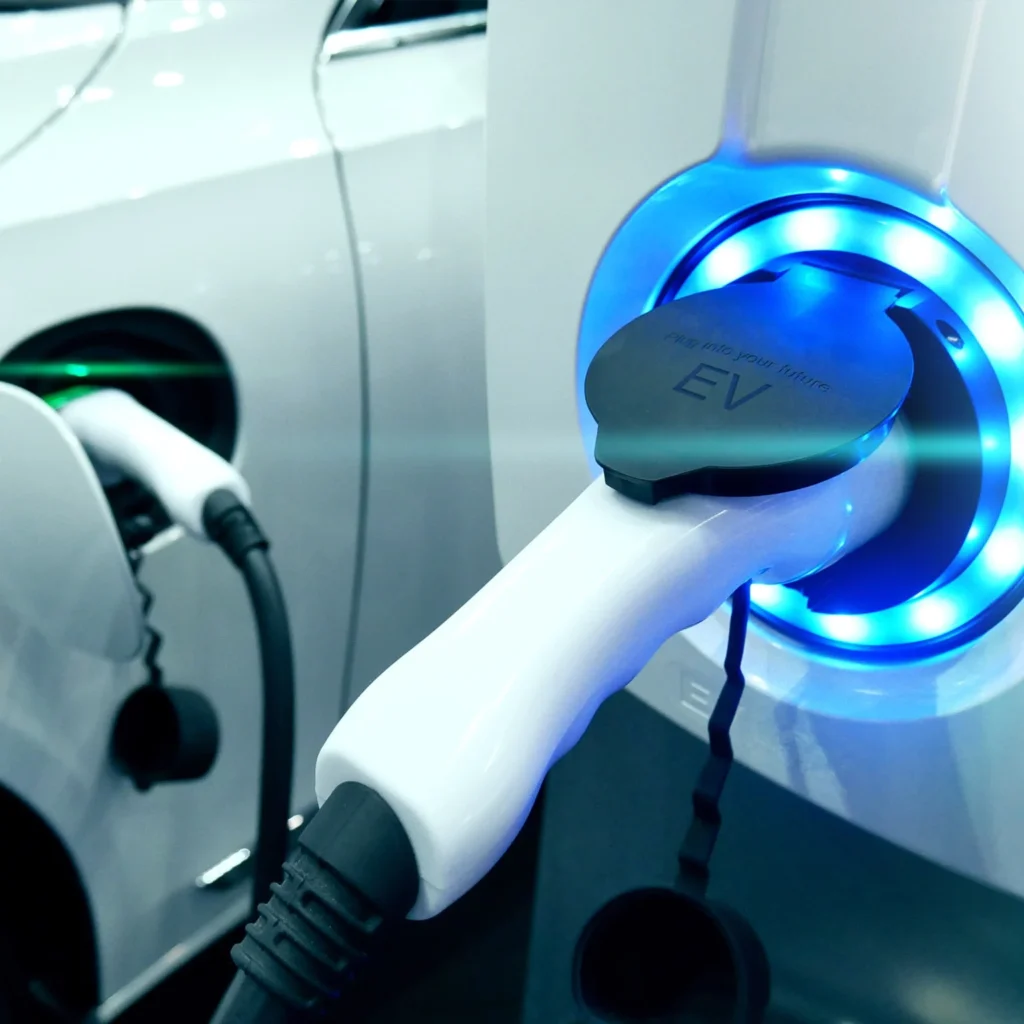Electric Vehicle Charging Infrastructure: What You Need to Know
The electric vehicle charging infrastructure is an essential component of the growing electric vehicle market. It encompasses the network of charging stations and facilities that enable electric vehicle owners to recharge their vehicles. As the demand for electric vehicles continues to rise, the need for a reliable and accessible charging infrastructure becomes increasingly important. Understanding the different types of charging stations, their capabilities, and the overall infrastructure development is crucial for both electric vehicle owners and the broader transportation industry.
Electric vehicle charging infrastructure plays a vital role in supporting the widespread adoption of electric vehicles. This includes public charging stations, home charging units, and workplace charging options. The availability and accessibility of these charging options are key factors for potential electric vehicle buyers. In addition, the development of fast-charging technology and the integration of renewable energy sources into the charging infrastructure are also significant areas of interest and innovation. As the electric vehicle market continues to evolve, so too does the landscape of the charging infrastructure, with advancements in technology and policy shaping its future.
1. Understanding Electric Vehicle Charging Infrastructure
Electric vehicle (EV) charging infrastructure refers to the network of charging stations and equipment that allows electric vehicles to recharge their batteries. This infrastructure includes various types of charging stations, such as Level 1, Level 2, and DC fast chargers, as well as the necessary electrical connections and power distribution systems. The development of an extensive and reliable charging infrastructure is crucial for the widespread adoption of electric vehicles and the successful transition to a cleaner and more sustainable transportation system.
Electric vehicle charging infrastructure can be installed in various locations, including residential, commercial, and public settings. Residential charging stations are typically installed at home, allowing EV owners to conveniently charge their vehicles overnight. Commercial charging stations are often found in workplaces or retail locations, providing charging options for employees and customers. Public charging stations are located in public areas such as parking lots, highways, and urban centers, offering a convenient charging solution for EV drivers while they are away from home.
2. Types of Electric Vehicle Charging Stations
There are several types of electric vehicle charging stations, each offering different charging speeds and power levels. Level 1 charging stations use a standard 120-volt AC household outlet and provide the slowest charging option, making them suitable for overnight charging at home. Level 2 charging stations require a 240-volt AC supply and offer faster charging speeds, making them well-suited for residential, commercial, and public applications. DC fast chargers, also known as Level 3 chargers, use high-powered DC electricity to provide rapid charging, making them ideal for public fast-charging stations along highways and major travel routes.
In addition to these primary charging station types, there are also wireless charging systems that enable EVs to recharge their batteries without the need for physical cables. Wireless charging technology is still emerging and is primarily used in select commercial and public applications, offering the convenience of automated, contactless charging for electric vehicles.
3. The Importance of a Reliable Charging Infrastructure
A reliable and extensive electric vehicle charging infrastructure is essential for overcoming range anxiety, a common concern among potential EV buyers. Range anxiety refers to the fear of running out of battery charge while driving, and a robust charging infrastructure helps alleviate this concern by providing readily available charging options for EV drivers. Additionally, a well-developed charging infrastructure encourages more consumers to consider electric vehicles as a viable transportation option, ultimately contributing to the reduction of greenhouse gas emissions and the transition to sustainable mobility.
Furthermore, a comprehensive charging infrastructure supports the growth of electric vehicle fleets in commercial and public transportation sectors. Public transit agencies, taxi companies, and delivery services can benefit from reliable charging infrastructure, enabling the electrification of their vehicle fleets and reducing reliance on fossil fuels. This shift toward electrified transportation plays a significant role in reducing air pollution and improving air quality in urban areas.
4. Considerations for Installing Charging Infrastructure
When planning the installation of electric vehicle charging infrastructure, several key considerations must be taken into account. These include the location and accessibility of charging stations, the electrical capacity and power supply available at each site, the integration of smart charging technologies for efficient energy management, and compliance with local regulations and building codes. Additionally, considerations for future scalability and expansion of the charging infrastructure are crucial to accommodate the growing demand for electric vehicle charging.
For residential installations, homeowners may need to assess their electrical system’s capacity and make necessary upgrades to support the installation of a Level 2 charging station. Commercial and public installations require careful planning to determine the optimal placement of charging stations, considering factors such as parking demand, user convenience, and potential collaboration with utility companies for grid integration and demand management.
5. The Role of Smart Charging Technologies
Smart charging technologies play a vital role in optimizing the use of electric vehicle charging infrastructure. These technologies enable features such as load management, demand response, and dynamic pricing, allowing for efficient distribution of electrical load and grid resources. By implementing smart charging solutions, charging infrastructure operators and electric utilities can better manage the impact of EV charging on the electrical grid, minimize peak demand, and integrate renewable energy sources for sustainable charging operations.
Furthermore, smart charging technologies enable vehicle-to-grid (V2G) capabilities, allowing electric vehicles to serve as energy storage resources and participate in grid-balancing services. V2G technology has the potential to support grid stability, enhance renewable energy integration, and provide financial incentives for EV owners who contribute to grid flexibility through bi-directional energy flow.
6. The Integration of Renewable Energy Sources
The integration of renewable energy sources, such as solar and wind power, with electric vehicle charging infrastructure promotes sustainable and environmentally friendly transportation. By utilizing renewable energy for EV charging, the carbon footprint of electric vehicles can be further reduced, contributing to overall emissions reductions in the transportation sector. Additionally, the combination of EV charging and renewable energy supports energy independence, resilience, and energy security within local communities.
Charging infrastructure operators and site hosts can explore options for installing solar carports or solar photovoltaic (PV) systems to generate clean electricity for powering EV charging stations. Integrating renewable energy sources with charging infrastructure aligns with broader sustainability goals and demonstrates a commitment to environmentally conscious transportation solutions.
7. The Evolving Landscape of EV Charging Networks
The landscape of electric vehicle charging networks continues to evolve, with industry stakeholders, including automakers, charging infrastructure providers, and electric utilities, collaborating to expand and enhance charging infrastructure capabilities. This evolution includes the deployment of ultra-fast charging technologies, the standardization of charging connectors and protocols, the development of interoperable charging networks, and the implementation of advanced payment and user authentication systems for seamless charging experiences.
Moreover, the integration of advanced communication and data management technologies enables the monitoring, control, and optimization of charging infrastructure operations. These advancements support the growth of connected and automated charging solutions, paving the way for enhanced user convenience, grid integration, and energy efficiency in the electric vehicle charging ecosystem.
8. The Future of Electric Vehicle Charging Infrastructure
As the adoption of electric vehicles continues to rise, the future of electric vehicle charging infrastructure is expected to involve continued expansion, innovation, and accessibility. This includes the proliferation of high-power charging stations, the integration of energy storage systems for buffering and peak shaving, the development of vehicle-grid integration solutions, and the exploration of new charging technologies such as dynamic wireless charging and bi-directional charging capabilities.
Furthermore, public and private investments in charging infrastructure deployment and maintenance will play a crucial role in shaping the future landscape of electric vehicle charging. Collaboration among industry stakeholders, policymakers, and technology innovators will drive the advancement of charging infrastructure to meet the evolving needs of electric vehicle owners, support sustainable transportation goals, and facilitate the widespread adoption of electric mobility.
| Topic | Description |
|---|---|
| Types of Charging | There are three main types of electric vehicle charging: Level 1, Level 2, and DC Fast Charging. |
| Charging Station Locations | Charging stations can be found in public locations such as shopping centers, parking lots, and rest stops, as well as at private residences. |
| Charging Time | The time it takes to charge an electric vehicle depends on the type of charger used and the vehicle’s battery capacity. |
| Cost of Charging | Charging an electric vehicle can vary in cost, from free charging at some locations to paid charging at others. |
| Charging Infrastructure Expansion | There is a growing need for more charging stations as the popularity of electric vehicles continues to rise. |



